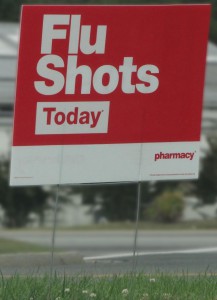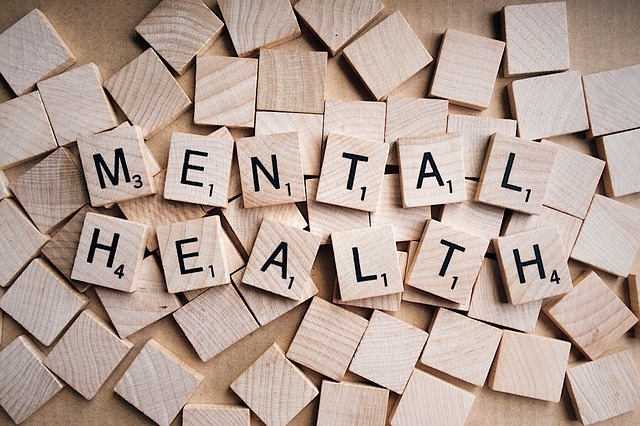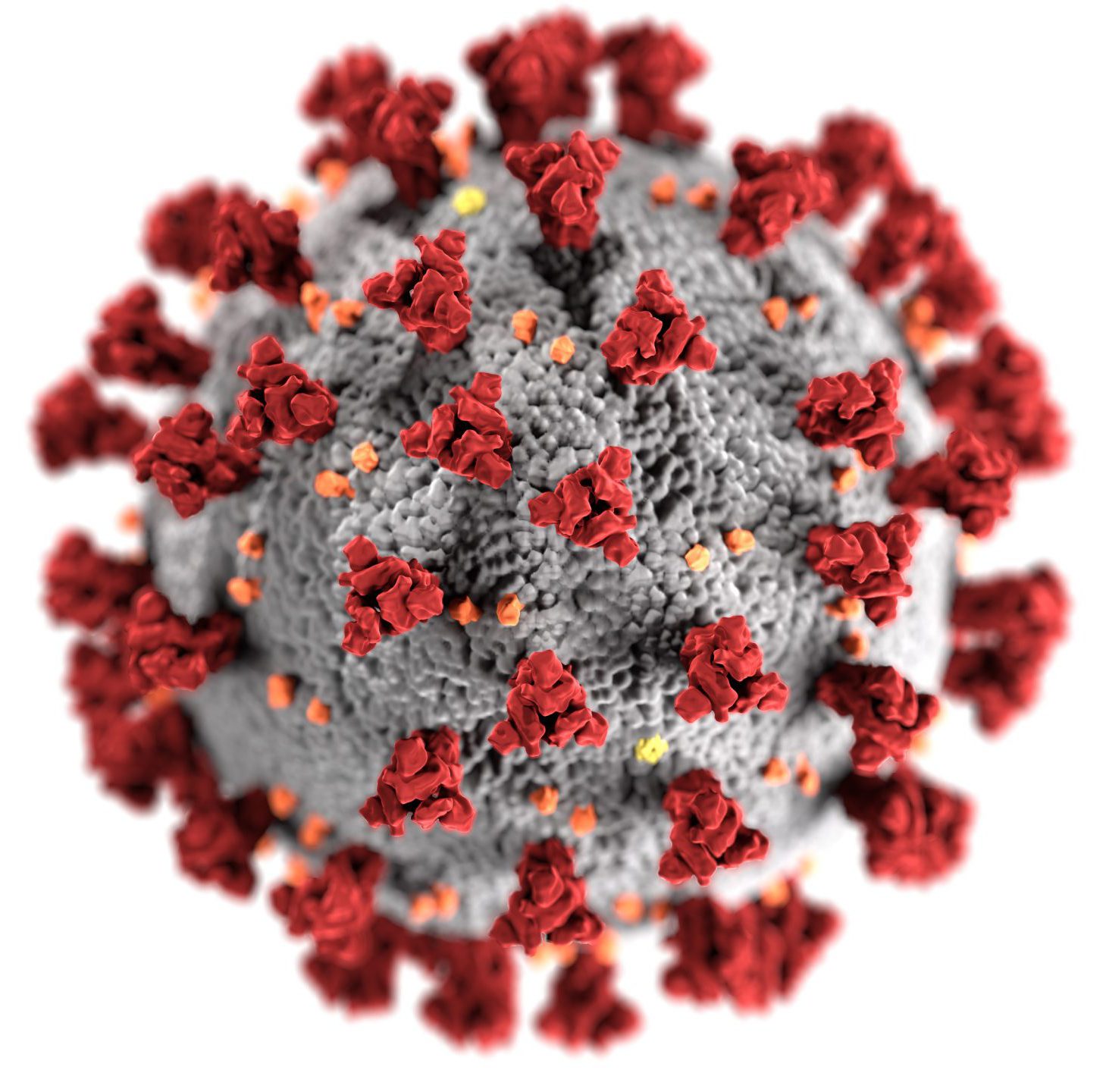Last Updated on October 21, 2024
It’s that time of year again. Children are going back to school, the seasons are beginning to change and there is a cold wind starting to blow. These are sure signs of the impending cold and flu season. We at NeedyMeds wanted to give our readers some helpful tips to keep themselves and their children healthy, along with resources available for those in need.

- The Center of Disease Control (CDC) recommends everyone over the age of 6 months to get a flu vaccine every season. Children younger than 2 years old, or children with health problems such as asthma, diabetes, or other chronic conditions are at the highest risk of severe complications of the flu and should get the flu shot. The best way to protect infants under 6 months old is to surround them with people who have been vaccinated.
- Stay home from school or work if you or your child are sick.
- Cover your mouth and nose with a tissue when you cough and sneeze. If you don’t have a tissue, cough or sneeze into your elbow. This will reduce the spread of germs through touching objects or one’s face.
- Wash hands often, especially after blowing your nose or coughing. CDC suggests washing using warm water and soap, and scrubbing for at least 20 seconds and drying with a single-use towel. Tell your children to sing “Happy Birthday” twice while washing—that takes about 20 seconds.
- Regularly disinfect common surfaces in your home that your family touches every day, including countertops, telephones, computers, faucets, and doorknobs.
- Ensure your family eats a balanced diet with plenty of fruits and vegetables, gets plenty of rest, and exercises regularly. These steps will keep your immune system in prime shape to help fight off illness.
- Know the difference between a cold and the flu. The flu generally comes on strong with severe symptoms, including fever, sore throat, chills, body aches, cough, runny/stuffy nose, diarrhea, vomiting, headache and fatigue. Although colds can exhibit some of the same symptoms, they usually are not as severe and often do not last as long.
- It’s also important to know the difference between a cold and autumnal allergies. With the similarities in symptoms, it can be easy to self-medicate for the wrong condition.
- With a cold, you’re likely to wake up with a sore, painful throat. With allergies, the throat has more of an itch or tickle rather than soreness.
- Colds follow a relatively slow progression and last for a few days, whereas allergies can come on almost instantly, with symptoms of coughing, sneezing, and congestion striking all at once and can last as long as allergens are in the environment—sometimes a matter of hours, other times for weeks.
- Sneezing with itchy eyes or mouth are associated with allergies rather than colds.
- Fevers can appear with colds, but do not affect those suffering from allergies.
- It’s important to know you don’t have both a cold and allergies, as this can lead to chronic sinus problems if left untreated.
Finding Help
If you or your family is in need of care but lack the means to find affordable treatment, NeedyMeds has a database of over 13,000 free, low-cost, and sliding-scale medical clinics all over the country. The NeedyMeds Drug Discount Card can be of help for prescribed medicines, even over-the-counter decongestants or fever-reducers. The free discount card is also available as an iPhone and Android app. NeedyMeds also has information on over 1,700 coupons and rebates offered for medications or medical supplies that can be searched by category (such as Cold/Flu or Allergies) or product name.




